Our Hero Products
Kissu Lip Mask – Capuacu butter, Jojoba oil & Rice Bran
What is Karuppu Kavuni Arisi

This so-called Karuppu Kavuni Arisi has great significance for health and skincare. Karupppu Kavuni is nothing but Black Rice in the South Indian language. This type of rice is black in color and has more goodness than regular white rice. I also wrote a blog the other day about Black rice Benefits and Side effects.
It’s a remarkable variety of rice that boasts not only a unique color but a host of health and beauty benefits. In this blog, we’ll know the origins and significance of black rice, And discover the many ways this dark grain can help your well-being.
Tamil word “Karuppu Kavuni Arisi”
“Karuppu” in Tamil means “black,” “Kavuni” is the name for rice, and “Arisi” also means rice. So, when someone refers to Karuppu Kavuni or Kavuni Arisi, they are talking about “black rice.” It’s often called the “forbidden rice” or “emperor’s rice” due to its historical rarity and association with royalty in ancient times.
This rice has a lot of history from South India. Black rice is believed to have originated in South India, where people initially cultivated it. It served as one of the staple grains for the residents of this region. Additionally, it held significance as a symbol of prosperity, fertility, and well-being. It was commonly employed in religious ceremonies and rituals.
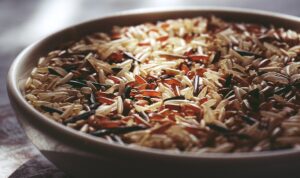
This photo shows a mix of all rice types in a bowl
What is Black Rice?
Black rice is one type of rice, scientifically known as Oryza sativa L. indica. It is known for its distinctive deep black or purple hue. However, black rice cannot be grown or found in every paddy-growing region. In India, the region around Manipur is particularly famous for cultivating black rice.

Unlike white or brown rice, the outer layer of black rice contains antioxidants (anthocyanins), phytonutrients, and dietary fiber. Which is the reason for its dark color and makes it much more nutritional. White and brown rice lacks the anthocyanins found in black rice.
What are Anthocyanins? They are antioxidants in Black rice, which boosts the color hue. These antioxidants have various health benefits, including anti-inflammatory and neuroprotective properties. Making it much more healthy for consumption and Skincare.
Origin and Sourcing of Black Rice
Black rice has a rich history dating back thousands of years, primarily originating from regions in Asia, such as India, China, and Indonesia. People cultivated it for its rarity and superior nutritional value. In India, Karuppu Kavuni is primarily grown in the northeastern states such as Manipur, Assam, and West Bengal.
Today, you can find black rice in specialty stores and online markets, making it more accessible to those who want to savor its unique flavor and health benefits. Even though this type of rice has very little recognition in the market, There is a lot of hidden consumption directly or indirectly.
Karuppu Kavuni production in Various countries:
- India:
As already mentioned the cultivation of Black Rice (Karuppu Kavuni Arisi) in northeastern states, It is more consumed in southern Indian states. - China:
China is another large producer of black rice. The Guangdong, Guangxi, and Yunnan provinces are major cultivation areas in China. - Indonesia:
Farmers on the island of Java in Indonesia are renowned for cultivating black rice, and they use it in various traditional Indonesian dishes and desserts. - Philippines:
In the Philippines, black rice, known as “tapol,” is primarily cultivated in the Cordillera region and constitutes a significant part of the local diet. - Thailand:
Farmers cultivate black rice in select regions of Thailand, and it serves as a common ingredient in both traditional and modern Thai cuisine. - Vietnam:
Farmers in the northern regions of Vietnam grow black rice, and they use it in a variety of dishes and desserts. - United States:
In the United States, some farmers in the southern states have also begun cultivating black rice.
Health, Skin, and Hair Benefits
There are ample benefits with Black rice or Karuppu kavuni rice. I have exclusively written a blog on Black rice benefits and side effects you must read.
Nutrient-Rich Powerhouse
One of the most striking features of Karuppu Kavuni rice is its nutritional content. Packed with essential nutrients like iron, vitamin E, and fiber. Antioxidants found in black rice have been associated with various health benefits, including reducing the risk of chronic diseases.
Antioxidant Action
Antioxidants are compounds that combat harmful free radicals in the body. Karuppu Kavuni rice is abundant in antioxidants, making it a valuable addition to your diet for reducing oxidative stress and supporting overall health.
Promotes Heart Health
Heart health is very much linked to consuming this black rice. It can help lower cholesterol levels, reduce the risk of heart disease, and maintain healthy blood pressure due to its anthocyanin content.
Aids in Digestion
The fiber in black rice contributes to good digestion. It helps regulate bowel movements, prevents constipation, and supports a healthy gut. Usually preferred by old people for easy digestion and to avoid constipation problems.
Skin and Hair Benefits
The antioxidants in Karuppu Kavuni rice extend their benefits to your skin and hair. They protect against premature aging, promote a healthy complexion, and add luster to your hair.
Cooking Recipes using Karuppu Kavuni
1.Karuppu Kavuni Pudding
For a delectable dessert, you can create a Karuppu Kavuni rice pudding. Simmer the rice in coconut milk with sweeteners like jaggery or sugar, and add aromatic spices like cardamom. It’s a delightful treat that combines the natural sweetness of black rice with the richness of coconut milk.

2.Karuppu Kavuni Rice
Cooking black rice is a delightful experience. The rice has a nutty flavor and a chewy texture. To prepare it, rinse the rice, add water, and cook it just like any other type of rice. You can use it as a base for a variety of dishes, from savory to sweet. Try it in salads, pilaf, or as a side dish for a unique culinary experience.
Skincare DIY using Black Rice
Black rice isn’t just a culinary gem; it can also enhance your skincare routine. Here’s a simple DIY face mask recipe:
Ingredients:
- 2 tablespoons of soaked and blended Karuppu Kavuni rice
- 1 tablespoon of honey
- 1 teaspoon of yogurt
Instructions:
- Combine the ingredients to form a paste.
- Apply the mask to your face and leave it on for 15-20 minutes.
- Rinse with warm water and pat your skin dry.
This natural face mask can leave your skin feeling refreshed and rejuvenated, thanks to the antioxidants and nutrients in black rice.
Karuppu Kavuni rice, the “forbidden rice,” holds a special place in the world of grains. It’s not only a culinary delight but a nutritional powerhouse with a range of health benefits. From promoting heart health to enhancing your skin and hair, black rice offers a lot to explore. To understand more about it click here.





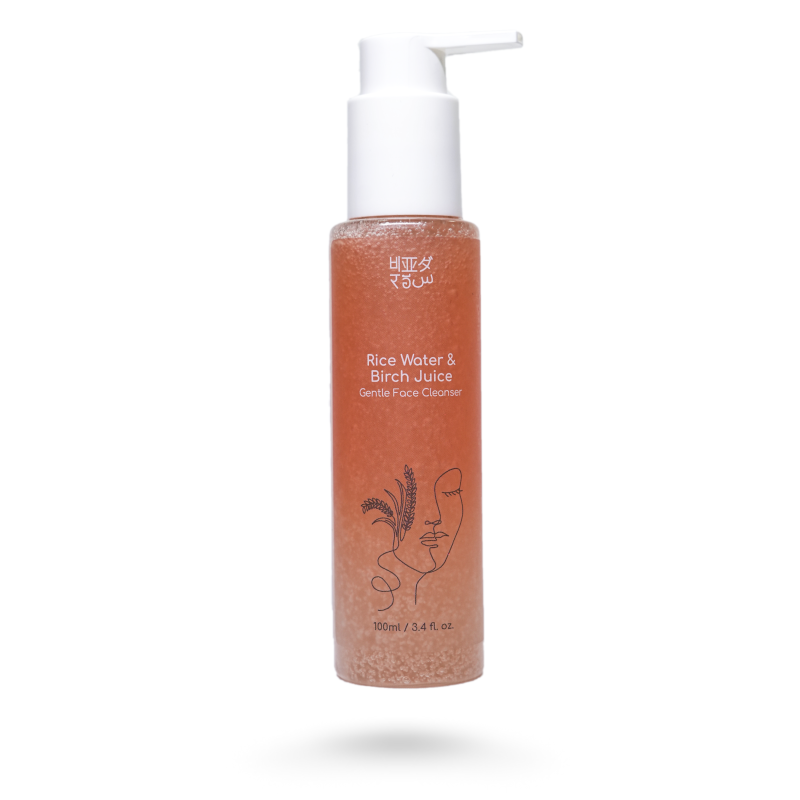
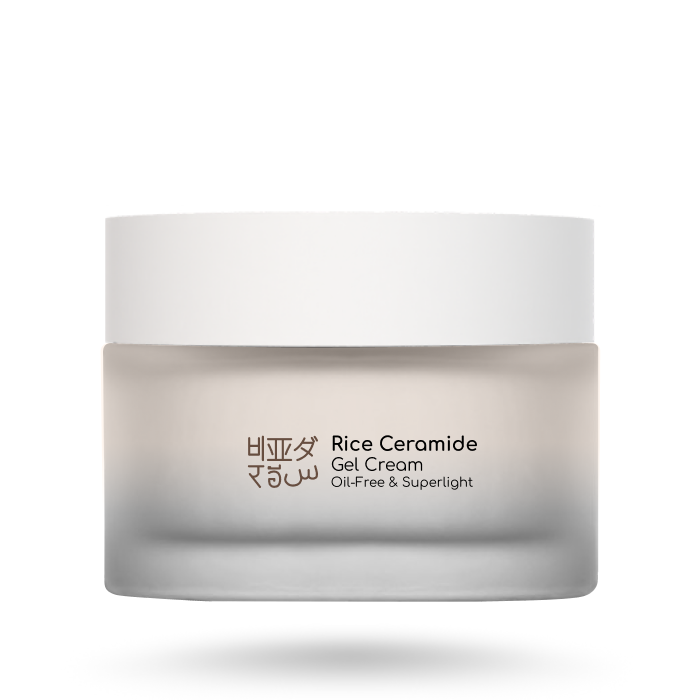
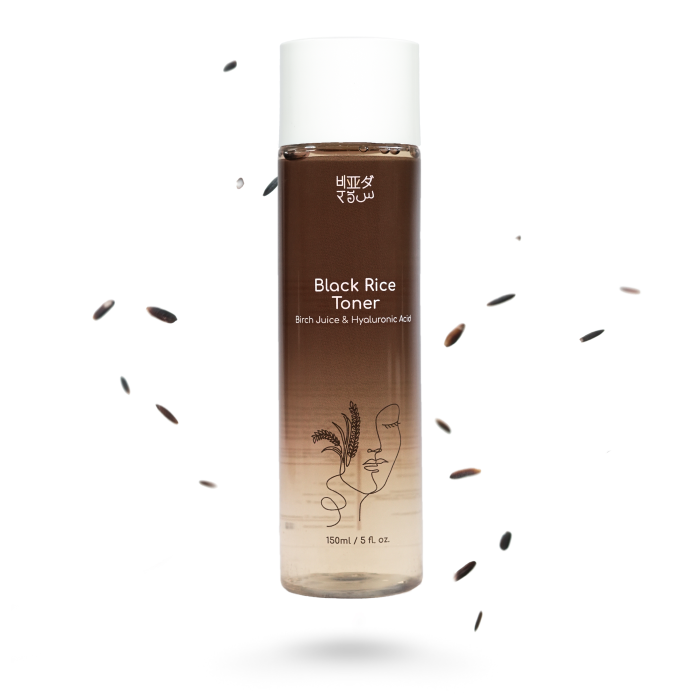


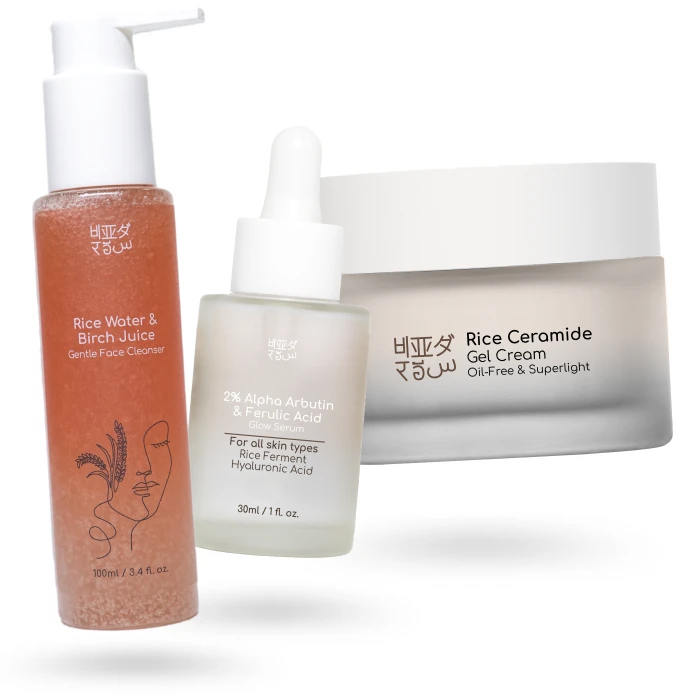








 Gentle Face Cleanser - Rice Water & Birch Juice
Gentle Face Cleanser - Rice Water & Birch Juice
 Black Rice Toner - Hyaluronic Acid
Black Rice Toner - Hyaluronic Acid
 Face Glow Serum - Alpha Arbutin & Ferulic Acid
Face Glow Serum - Alpha Arbutin & Ferulic Acid
 Rice Ceramide Gel Cream
Rice Ceramide Gel Cream
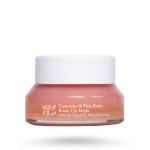 Kissu Lip Mask - Cupuacu & Rice Bran
Kissu Lip Mask - Cupuacu & Rice Bran
 Hair Growth Serum - Redensyl, Anagain & Rosemary
Hair Growth Serum - Redensyl, Anagain & Rosemary






